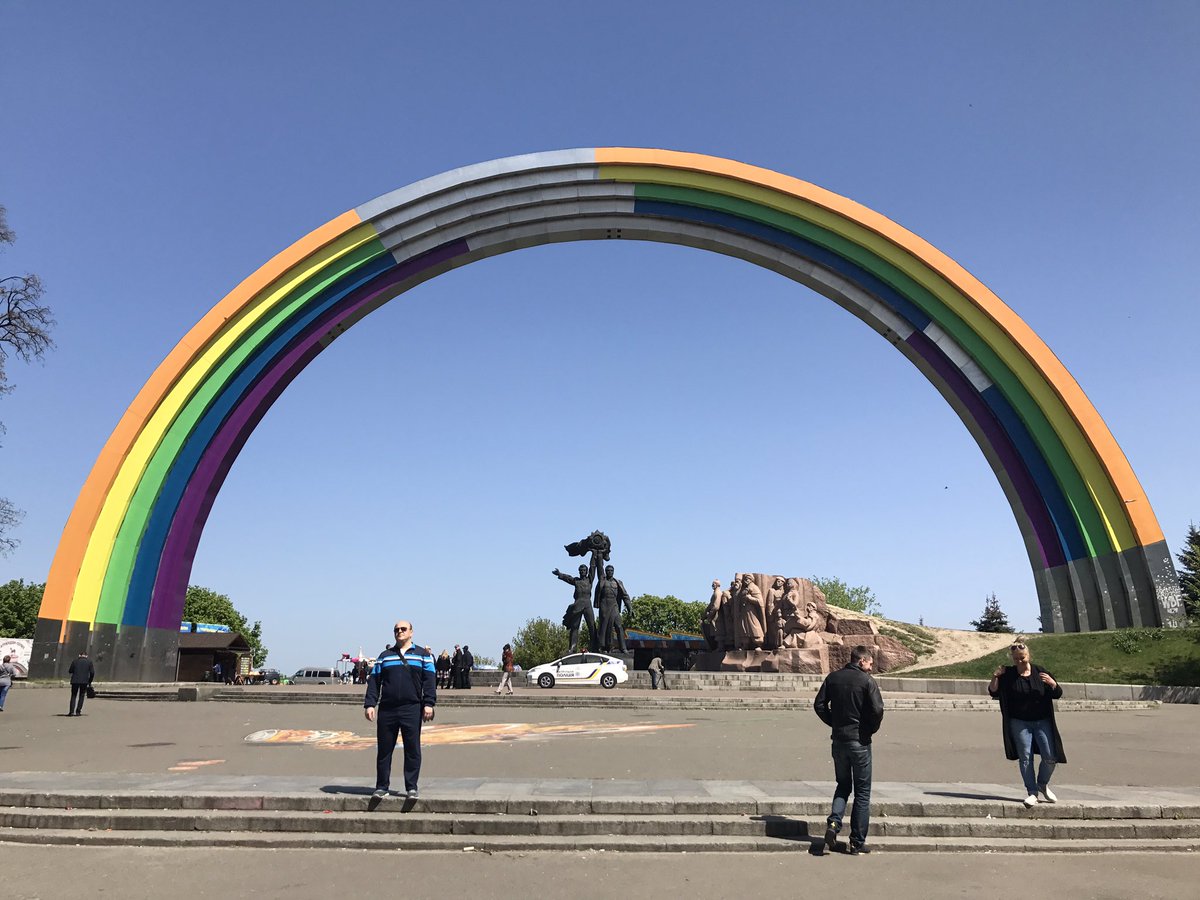
The Western Ukrainian National Republic (1918–19) encompassed all of Ukrainian Galicia and, for a short time, the Ukrainian parts of Bukovyna and Transcarpathia. From 1809 to 1815, the Ternopil region was occupied by Russia. From 1787 to 1849 and again in 1859–61, Bukovyna was also administratively part of Galicia. Thus, Galicia embraced almost all the territory of the former Rus’ voivodeship, the southern part of Belz voivodeship, and small parts of Podilia voivodeship and Volhynia voivodeship, as well as some Polish ethnic lands. After the final partition of Poland in 1795 and territorial adjustments in 1809 during the Napoleonic wars, the administrative territory of Austrian Galicia also encompassed the western, Polish ethnographic part of Galicia-the area west of the jurisdictional boundary between the Lviv and Cracow higher crown land courts, which ran along the western limits of Sianik, Brzozów, Peremyshl, and Jarosław counties.

Under Austrian rule (1772–1918), Galicia was bounded in the east by the Zbruch River, and in the southeast, as it had been under Poland, by the Cheremosh River and the Dnister River. Under Polish rule (1340–1772) Galicia constituted first Rus’ land ( Regnum Russiae) and then from 1434 Rus’ voivodeship ( palatinate) and the western part of Podilia voivodeship. The rulers of the Principality of Galicia-Volhynia had extended the eastern frontier past the Zbruch River and into the steppe at one time (end of 12th century), they ruled lands as far south as the lower Danube River. Only the southern, natural frontier of Galicia-shaped by the Carpathian Mountains-remained unchanged. Its peripheral role vis-à-vis developments in Ukraine during the period of the Hetman state rendered it relatively insignificant. With the decline of commerce in the Black Sea Basin in the 16th century, Galicia lost its importance as the link with the Baltic. It thus became a reservoir of Ukrainian population, much of which later remigrated to the east.

The principality provided refuge to the people from other parts of Rus’ who had fled the Mongol invasion. Because of its distance from the Eurasian steppe, medieval Rus’-Ukrainian statehood survived there as the Principality of Galicia-Volhynia for another century after the sack of Kyiv by the Mongols in 1240. After the demise of Kyiv as the capital of Kyivan Rus’ and the decline of the Varangian route, the main trade route linking the Baltic Sea with the Black Sea and Byzantium passed through Galicia. Galicia's location protected it from the incursions of Asiatic nomadic peoples and facilitated contact with the rest of Europe. Its location on the crossroads to the seas led its expansionist foreign neighbors, especially Poland and Hungary, to strive repeatedly to gain control of Galicia. It is bounded by Poland in the west, Transcarpathia and the Lemko region in the southwest, Bukovyna in the southeast, Podilia in the east, Volhynia in the northeast, and the Kholm region in the northwest.

It is linked to the rest of Ukraine by land routes only. Galicia lies in the middle of the European landmass between the Black Sea and the Baltic Sea, to which it is linked by the rivers Dnister and Prut, and the Buh and Sian respectively. The name is derived from that of the city of princely Halych. Its ethnic Ukrainian territory occupies the basins of the upper and middle Dnister River, the upper Prut River and Buh River, and most of the Sian River, and has an area of 55,700 sq km. A historical region in southwestern Ukraine.


 0 kommentar(er)
0 kommentar(er)
